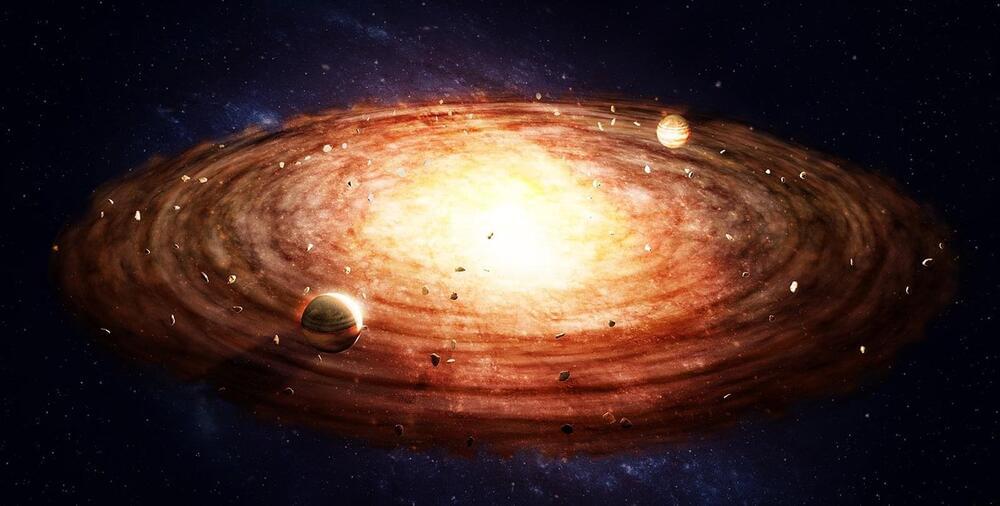The motion of a tiny number of charged particles may solve a longstanding mystery about thin gas disks rotating around young stars, according to a new study from Caltech.
These features, called accretion disks, last tens of millions of years and are an early phase of solar system evolution. They contain a small fraction of the mass of the star around which they swirl; imagine a Saturn-like ring as big as the solar system. They are called accretion disks because the gas in these disks spirals slowly inward toward the star.
Scientists realized long ago that when this inward spiraling occurs, it should cause the radially inner part of the disk to spin faster, according to the law of the conservation of angular momentum. To understand conservation of angular momentum, think of spinning figure skaters: when their arms are outstretched, they spin slowly, but as they draw their arms in, they spin faster.









Comments are closed.